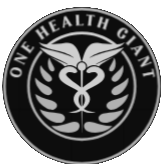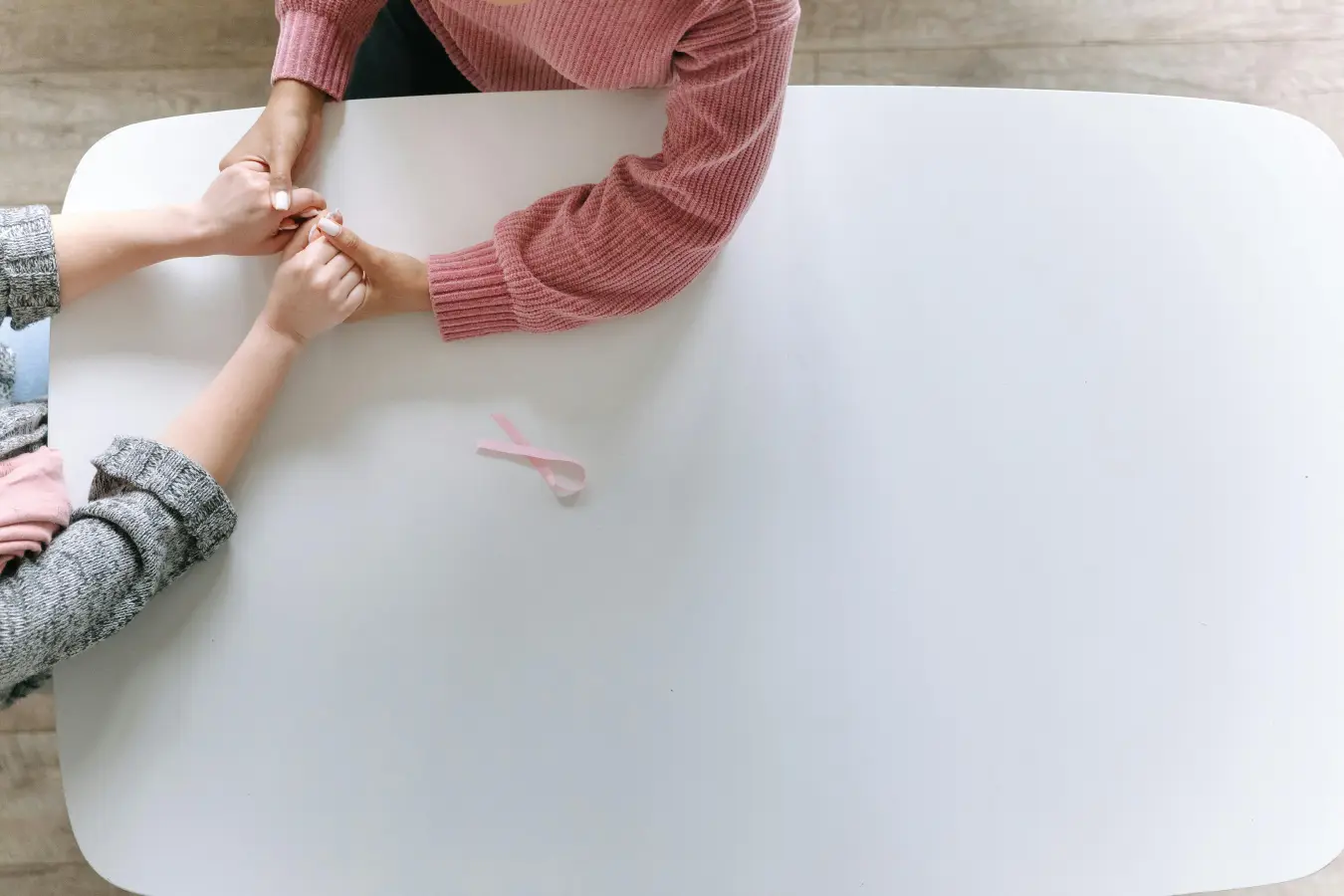Breast cancer is present throughout the world and ranks first on all continents, although mortality has decreased, says Agatha Reyes, a Guatemalan oncologist.
Although being a woman increases the risk, it is a disease that also affects one percent of men. Sergio Ralón, head of the Breast Tumors and Diseases Clinic at the San Juan de Dios General Hospital and President of the Guatemalan Mastology Association, explains that breast cancer if detected in time, is a highly treatable disease with a very high life expectancy.
Blanca B., 70, is an example of this. She admits that she was diagnosed two decades ago and has gone through different stages over the years. A self-examination helped her detect the disease in time and she knows that this is why she is still with her family.
“My life with my children and grandchildren fills me with joy, although I have had other difficult moments, such as the loss of my husband,” she shares.
The numbers put a number on the experience that millions of families go through when they receive the news of a positive diagnosis. The World Health Organization estimates that in 2022, 2.3 million cases of breast cancer will be diagnosed in women worldwide, and 670,000 deaths from the disease will be recorded.
One of the treatments that patients undergo is the transformation of their body with a mastectomy, a surgery to remove all the breast tissue from one breast.
The Mayo Clinic website explains that the skin and nipple of the breast can be removed. Some current mastectomy techniques can preserve the nipple.
It is common for women to experience pain and numbness after surgery and will need certain care and recommendations at home.
Breast tissue and lymph nodes are sent to a laboratory for analysis. Laboratory results after about two weeks will guide any further treatment that may be required.
Depending on the type of cancer, they undergo radiotherapy, chemotherapy, and other medications to eliminate cancer cells and prevent them from spreading.
More changes after surgery
At the end of treatment comes another life process. Part of this is the frequent fear that some people have about the return of the disease.
Medical follow-up is required for several years. Physical examinations and blood tests are requested, among other evaluations that help monitor the state of health.
One of the changes in life is that sometimes swelling of all or part of the arm and fingers appears, this is called lymphedema. It occurs because lymph nodes are removed, although Ralón indicates that there are now new techniques that prevent this from happening and only 5 percent of his patients report this situation.
When it appears, it is necessary to visit the doctor to reduce the swelling and determine that there is no infection or other causes.
Generally, patients will benefit from the use of a sleeve, a massage called lymphatic drainage, and, depending on the case, surgery. Severe swelling causes lymphatic fluid to drain through small tears in the skin and cause blisters, and there is also a risk of infection.
In addition, patients need to continue strengthening their lifestyle and implementing physical and emotional changes in the face of this disease.
Susana Salazar, a homeopath and alternative medicine specialist, explains that after this process, detoxification through homeopathic medicine and a healthy diet are suggested.
This article discusses other parameters that specialists share as important for recovery and better health prospects.
Herbs such as spinach and many others, legumes such as beans and chickpeas, eggs, fruit, and other vegetables are healthy options, add the professional. Echeverría emphasizes that in other countries these foods have a higher price and that is why it is important to take advantage of them by having them in local markets. Likewise, in the country, there are traditional cooking processes that allow for a series of healthy dishes, and that is essential to rescue.
2. Physical activity
After surgery, it is necessary to consult with the doctor when it is possible to start exercising. This should be gradual, a short walk is a good way to start, adds Salazar.
In general, any physical activity gives more energy and a better quality of life. So exercise has to be part of recovery, it helps to relax in moments of tension and that is why it is also an emotional tool, adds Echeverría.
3. Seeking emotional therapy
Echeverría clarifies that this is not accessible to everyone, but it is important to seek support. There are free programs available from some institutions.
The main purpose of therapy is to strengthen self-love, set goals, and find ways to manage stress, as well as actions to set personal boundaries. In consultation with a psychologist, it is possible to find a safe zone to express oneself.
When stress builds up and there are no escape valves, it is possible that we have fewer defenses at the bodily level and we get sick more often, explains Echeverría.
4. Support networks
Family and friends are important and the ideal is to have someone close by who you trust. It doesn’t have to be a large network, but it does have to be reliable, says Echeverría.
“Expressing ourselves and interacting helps us feel better,” the psychologist shares.
This network could help the patient to support them in different circumstances that they need in their recovery. For example, support can be offered for a trip to the doctor, accompaniment to visits if available, calling to ask how they are, or taking actions to buy food, among other actions that could be important for the person.
5. Spiritual area
Seeking this aspect “is not about religion but about a personal encounter with what the person creates,” adds Echeverría.
Through meditation, prayer, and recitations, one can connect with a supreme being and awaken faith and hope in the face of life’s test, the psychologist concludes.
1. Food
One of the first points that the interviewees agree on is diet and they suggest eating a balanced diet to nourish the body. Processed foods are not recommended.























+ There are no comments
Add yours